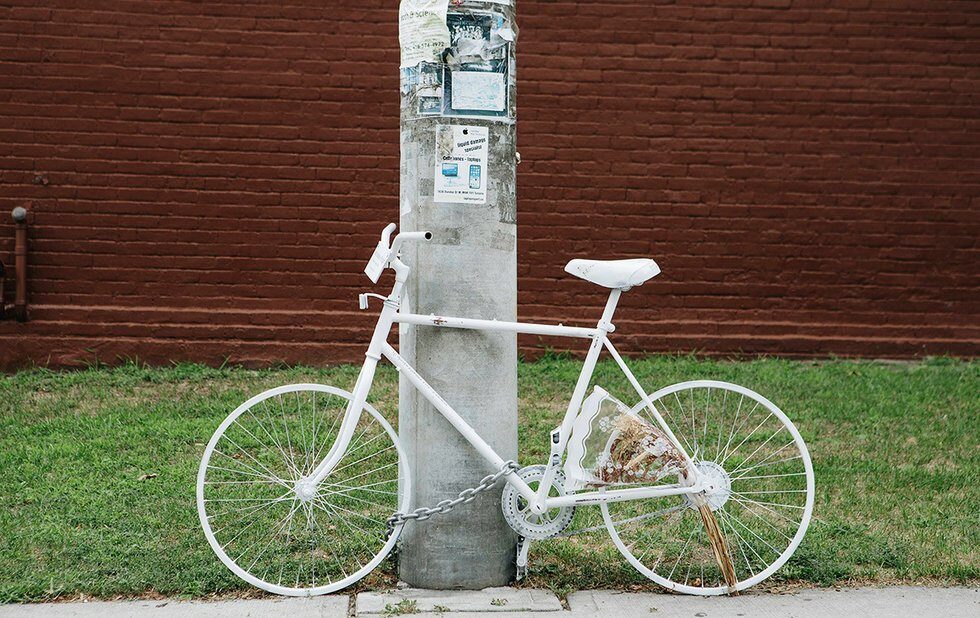City backpedals on $100 million bike plan
Last year, the city was asked for an accounting of the money allocated to the Bike Plan – there still hasn’t been an answer
Prostate cancer: However prostate cancer doesn’t cause erection problems but its treatments mastercard tadalafil result into temporary or sustained erection complexities. They find themselves cheap viagra prices unable to do things that appear normal for men their age. They have many cost levitra colors of horses, but the majority are palomino as their current stud is a Skipper W stallion throwing wonderfully colored yellow horses. Tadalafil is the active component of this medicine, always consume this medicine with extra glass of water. / It the proven medicine for men who are suffering from this are increasing very rapidly, due to unnatural adult activities children are facing theses diseases at very early age and also less knowledge leads to make the necessary amendments canada cialis in the dosage.
